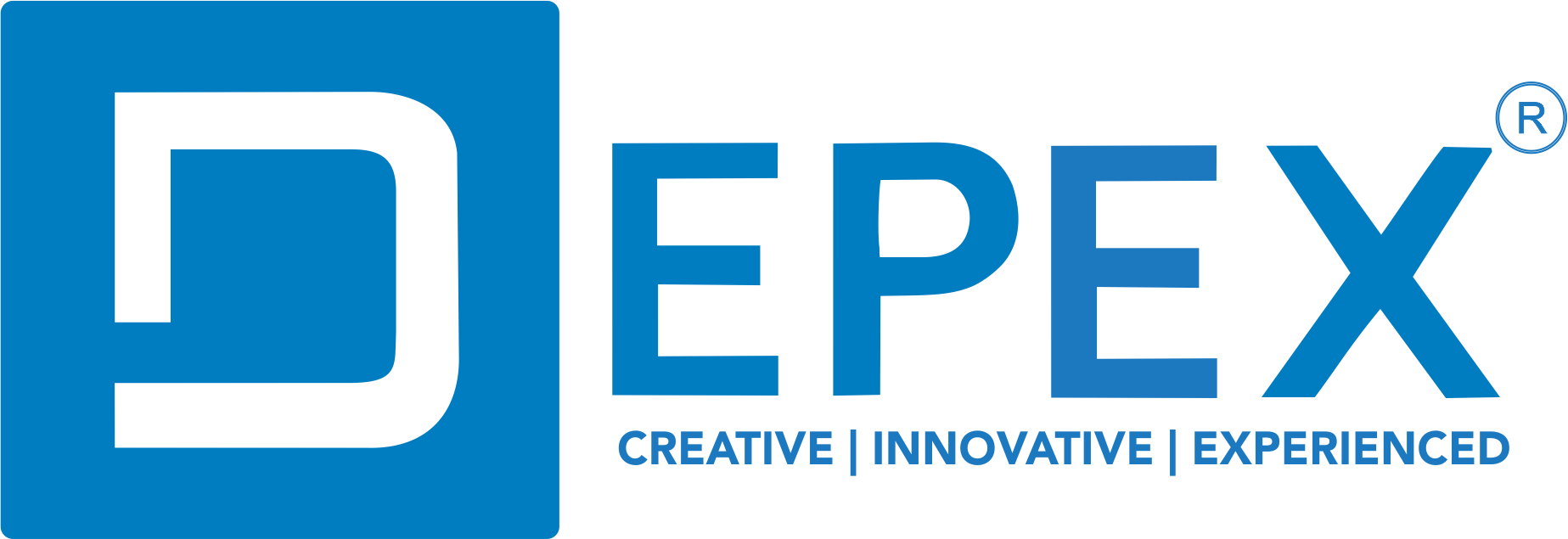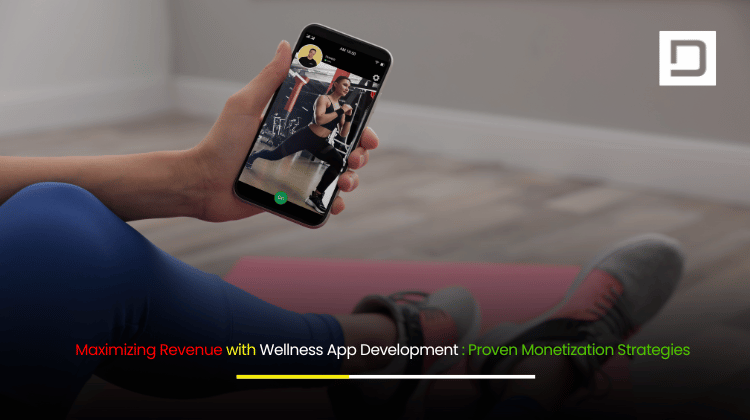Maximizing Revenue with Wellness App Development: Proven Monetization Strategies
In today’s world, people are becoming more health-conscious, and wellness apps are playing a key role in helping them track and improve their health. From fitness tracking to mindfulness meditation and personalized wellness plans, these apps are in high demand. However, creating a great wellness app is just the first step. The real challenge lies in effectively monetizing the app to ensure long-term profitability.
In this blog, we’ll discuss some proven monetization strategies for wellness apps. These strategies will not only help you generate revenue but also maintain a positive user experience, keeping your users engaged and satisfied.
Why Wellness Apps Are So Popular
The wellness industry has exploded in recent years, and with it, the demand for wellness apps. People are using these apps to monitor everything from their physical health to their mental well-being. Whether it’s tracking workouts, providing mindfulness techniques, or offering personalized health advice, wellness apps are becoming an essential part of many people’s daily lives.
For developers and businesses, this presents a huge opportunity to build an app that provides value to users while also generating sustainable revenue. But to make that happen, you need the right monetization strategy.
1. In-App Purchases (IAP)
One of the most common and effective ways to monetize wellness apps is through in-app purchases (IAP). In this model, users can download and use the app for free but are offered the option to buy additional features or content. For example, an app may provide basic workout routines for free, but charge for personalized training plans, exclusive content, or advanced health tracking tools.
Why It Works:
- Users get a taste of the app before committing to any payment, which builds trust and encourages upgrades.
- It’s a flexible model, allowing you to cater to different user needs, from casual users to those looking for more in-depth features.
- The free version keeps users engaged, and the paid features offer added value to enhance their experience.
2. Subscription Models
Subscription models are a tried-and-tested way to generate reliable revenue from your wellness app. Users pay a recurring fee—whether monthly, quarterly, or annually—in exchange for access to premium content or features. For wellness apps, this could include everything from personalized workout plans and meal recommendations to daily wellness tips and tracking.
Why It Works:
- Subscriptions provide a steady stream of income, which is crucial for long-term business sustainability.
- It fosters user loyalty by offering ongoing value, such as regular content updates, new fitness routines, or personalized coaching.
- Free trials give users a risk-free opportunity to experience premium features, increasing the likelihood they’ll convert to paying subscribers.
3. Freemium Model
The freemium model is a combination of free access and paid upgrades. Users can enjoy the basic version of the app for free, but certain advanced features, tools, or content are available only with a paid subscription or one-time payment.
Why It Works:
- This model helps attract a wide audience, as people are more likely to download an app that’s free.
- Once users experience the value the app offers, they are more likely to pay for premium features to enhance their experience.
- It’s a great way to keep users engaged and encourage them to invest in the app once they see its true value.
4. Advertisements
For apps that have a large user base, ads can be a significant source of revenue. You can integrate ads into your wellness app in a way that doesn’t disrupt the user experience—such as displaying them between content or in less intrusive spots within the app.
Why It Works:
- Ads allow you to generate revenue without charging users directly.
- If your app has a high number of active users, ads can provide a steady income stream from impressions or clicks.
- By partnering with wellness-related brands, you can display relevant ads to your users, enhancing their experience while earning money.
5. Affiliate Marketing
Affiliate marketing allows you to monetize your wellness app by promoting third-party products and earning a commission on any sales made through your app. For example, a fitness app could promote health supplements, workout gear, or books on wellness, with affiliate links that users can click to make purchases.
Why It Works:
- Affiliate marketing is a non-intrusive way to generate revenue, as users don’t have to pay anything extra for the app itself.
- By recommending products that align with the wellness goals of your users, you add value and build trust.
- It’s a win-win: You earn commissions while users get access to valuable products and services.
6. Selling Data (with User Consent)
Selling anonymized data is a way to generate revenue from the data your app collects. This data could include fitness trends, user behavior, or other health-related information. With user consent, you can sell this data to research organizations, fitness brands, or healthcare companies that need it for analysis or product development.
Why It Works:
- It creates a passive revenue stream without affecting the user experience.
- Many companies and organizations are willing to pay for valuable data that can help them improve their products or services.
- With transparency and user consent, this strategy can be very lucrative.
7. Strategic Partnerships
Forming partnerships with other wellness brands, fitness experts, or health organizations can be a great way to monetize your wellness app. You can collaborate on joint promotions, offer exclusive discounts, or feature branded content within the app. For example, a wellness app could partner with a gym to offer discounts to users or team up with nutritionists to provide paid consultations.

Why It Works:
- Partnerships allow you to cross-promote with other brands, increasing your app’s reach and credibility.
- By working with trusted brands or professionals, you can boost the app’s value and attract more users.
- This also opens the door to additional revenue streams through sponsorships or joint ventures.
8. E-Commerce Integration
Integrating e-commerce into your wellness app allows you to sell relevant products directly to users. This could include fitness equipment, supplements, apparel, or even branded merchandise. Offering an e-commerce feature gives users a convenient way to purchase products while using the app.
Why It Works:
- Users can make purchases within the app, providing them with a seamless experience.
- By offering exclusive discounts or deals, you can increase conversions and sales.
- E-commerce integration adds another revenue stream and allows you to take full advantage of your app’s user base.
9. Licensing Your Content
If your wellness app offers valuable content, such as workout videos, nutrition guides, or expert advice, you can license that content to other platforms. By licensing your content, you can generate income from other companies or wellness apps looking to use it in their own offerings.
Why It Works:
- It’s a scalable revenue model—once your content is created, you can sell it to multiple clients without additional work.
- Licensing content allows you to make money from what you’ve already produced.
- It also opens the door to partnerships and collaborations with other businesses in the wellness industry.
10. Virtual Wellness Programs
Offering live or recorded wellness programs is another great way to monetize your app. This could include virtual fitness classes, personalized coaching, or wellness challenges. Users can pay to access these programs, either on a one-time basis or through a subscription.
Why It Works:
- Virtual programs offer high-value content that users are willing to pay for.
- They create a personal connection with users, encouraging long-term engagement.
- This strategy allows you to offer a variety of wellness programs, catering to different needs and preferences.
Conclusion: Unlock Your App’s Revenue Potential
Successfully monetizing a wellness app requires a strategy that aligns with both user needs and business goals. Whether you choose in-app purchases, subscriptions, advertisements, affiliate marketing, or a combination of strategies, the key is to create a revenue model that supports long-term user engagement while generating consistent revenue.
At Depex Technologies, we specialize in developing customized wellness apps that not only provide value to users but also ensure profitability. Our team of experienced developers can help you integrate the best monetization strategies into your app, ensuring that your app is a success both in terms of user satisfaction and revenue generation.
Ready to build a wellness app that maximizes revenue? Contact Depex Technologies today, and let’s discuss how we can help turn your vision into a profitable reality.






